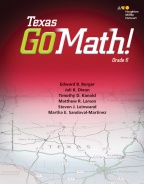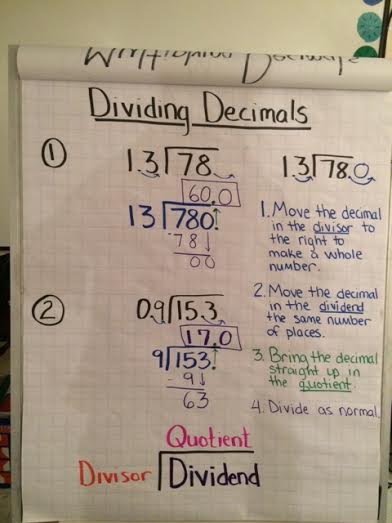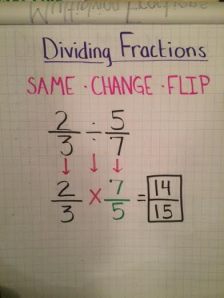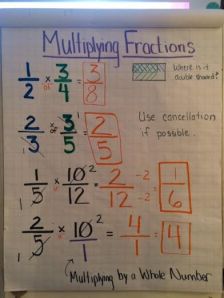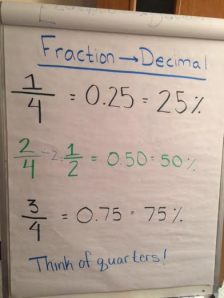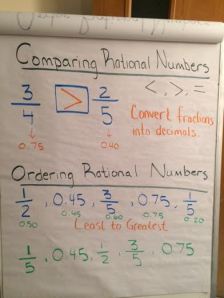We are finally at our new building! Our new classroom is huge and it has windows! The students really seem to be enjoying the view and all the natural lighting we have 🙂
There are a couple of new systems in place this semester- The 6th grade teachers have decided to start rewarding our classes for exceptional behavior by the ‘Point System’. Classes will be rewarded points based on their overall behavior. If they reach the goal of 150 by the middle of the six weeks, they will be rewarded with a classroom incentive (such as an activity day outside or movie day). The 6th grade team strives to continuously improve our behavior plan while positively reinforcing good behaviors from our students.
We are now officially using the new textbooks (GoMath!) which are aligned to the new math TEKS. Students will be tearing out pages, one unit at a time, and keeping them in their math binders. They are responsible for keeping track of their own textbooks. The purpose of the binders are to keep the students neat and organized. They have also been provided with academic calendars to keep in their binders. They should be using these to keep track of important school events, assignment due dates, and quiz dates.
As always, please reach out to me if you have any questions/concerns regarding your child’s academic activities and progress in math class.


